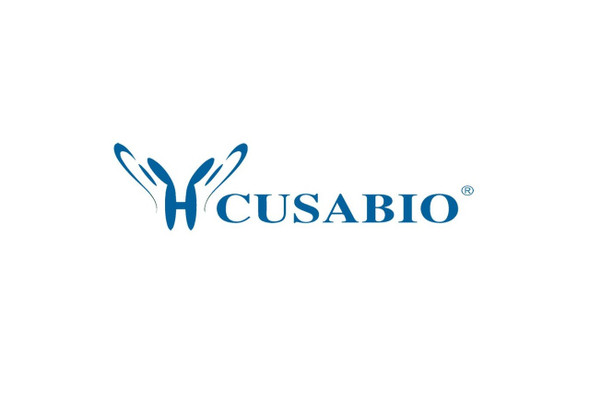Cusabio Human Recombinants
Recombinant Human Tricarboxylate transport protein (SLC20A3), partial | CSB-RP049544h
- SKU:
- CSB-RP049544h
- Availability:
- 13 - 23 Working Days
Description
Recombinant Human Tricarboxylate transport protein (SLC20A3), partial | CSB-RP049544h | Cusabio
Alternative Name(s): Citrate transport protein ;CTPSolute carrier family 25 member 1Tricarboxylate carrier protein
Gene Names: SLC20A3
Research Areas: Transport
Organism: Homo sapiens (Human)
AA Sequence: EYVKTQLQLDERSHPPRYRGIGDCVRQTVRSHGVLGLYRGL
Source: E.coli
Tag Info: N-terminal GST-tagged
Expression Region: 47-87aa
Sequence Info: Partial
MW: 31.8 kDa
Purity: Greater than 90% as determined by SDS-PAGE.
Relevance: Involved in citrate-H+/malate exchange. Important for the bioenergetics of hepatic cells as it provides a carbon source for fatty acid and sterol biosyntheses, and NAD+ for the glycolytic pathway.
Reference: Lysine acetylation targets protein complexes and co-regulates major cellular functions.Choudhary C., Kumar C., Gnad F., Nielsen M.L., Rehman M., Walther T.C., Olsen J.V., Mann M.Science 325:834-840(2009)
Storage: The shelf life is related to many factors, storage state, buffer ingredients, storage temperature and the stability of the protein itself. Generally, the shelf life of liquid form is 6 months at -20?/-80?. The shelf life of lyophilized form is 12 months at -20?/-80?.
Notes: Repeated freezing and thawing is not recommended. Store working aliquots at 4? for up to one week.
Function: Involved in citrate-H(+)/malate exchange. Important for the bioenergetics of hepatic cells as it provides a carbon source for fatty acid and sterol biosyntheses, and NAD(+) for the glycolytic pathway.
Involvement in disease: Combined D-2- and L-2-hydroxyglutaric aciduria (D2L2AD)
Subcellular Location: Mitochondrion inner membrane, Multi-pass membrane protein
Protein Families: Mitochondrial carrier (TC 2.A.29) family
Tissue Specificity:
Paythway:
Form: Liquid or Lyophilized powder
Buffer: If the delivery form is liquid, the default storage buffer is Tris/PBS-based buffer, 5%-50% glycerol. If the delivery form is lyophilized powder, the buffer before lyophilization is Tris/PBS-based buffer, 6% Trehalose, pH 8.0.
Reconstitution: We recommend that this vial be briefly centrifuged prior to opening to bring the contents to the bottom. Please reconstitute protein in deionized sterile water to a concentration of 0.1-1.0 mg/mL.We recommend to add 5-50% of glycerol (final concentration) and aliquot for long-term storage at -20?/-80?. Our default final concentration of glycerol is 50%. Customers could use it as reference.
Uniprot ID: P53007
HGNC Database Link: HGNC
UniGene Database Link: UniGene
KEGG Database Link: KEGG
STRING Database Link: STRING
OMIM Database Link: OMIM









